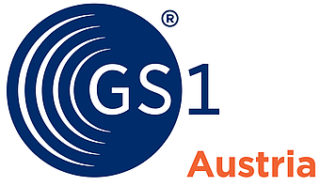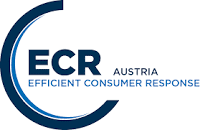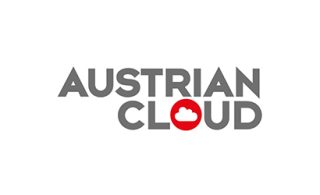EDI for teleworking: goodbye to all that paper
SMEs are saying goodbye to all that paper
The use of paper documents is still common practice, especially at SMEs (small and medium-sized enterprises). This creates a huge challenge in these newfound times of teleworking, also because correspondence is sent to business addresses. “Currently, many businesses are rethinking the paper-based processes they had relied on for years. What they are looking for are mostly easy solutions for digitizing invoices,” said Gerd Marlovits, CEO of EDITEL. Automatically generated PDF invoices and online invoicing portals are oftentimes the first step into the world of Electronic Data Interchange (EDI).
When two big companies do business with each other, invoicing is quite easy because they rely on Electronic Data Interchange (EDI) via the international data hub eXite. “One case in point is that digital documents are transferred automatically into the accounting system where they can be processed by staff members. This is usually a location-independent process, which can also be done at people’s home offices since many companies have secure VPN access to their systems,” said Gerd Marlovits, CEO of EDI service provider EDITEL. Things are different at companies that still have paper-based processes. “To process physical business documents, one obviously needs to be physically present,” Mr. Marlovits added.
EDI for teleworking – automated invoices via PDF
In the wake of the corona crisis, digitalization as a prerequisite for teleworking has moved into the center of attention in recent months. Business processes might come to a halt, orders might not get processed or invoices might not get issued because employees aren’t in the office – a situation that may continue even after the crisis.
“That’s why it is hardly surprising that many companies are trying to turn vice into virtue, meaning that they are trying to digitize paper-based processes as swiftly and efficiently as possible so that documents can be accessed from anywhere. Invoice recipients, for example, are relying more than ever on PDF invoices instead of hard copies,“ said Mr. Marlovits.
As an alternative, online portals (so-called Web EDI portals) are used, especially to give SMEs the opportunity of accessing orders, viewing invoices, and sending them directly to their clients. This helps avoid late payments while increasing liquidity on the supplier side and ultimately ensures a smooth supply chain.
EDI integration allows for structured data exchange also in teleworking
“E-mailing PDF invoices instead of sending paper invoices is definitely a great first step towards a digital invoicing process. Smart solutions are available which allow users to track the transmission process, among other things,“ said Mr. Marlovits. However, as a next step, it makes sense to exchange structured data, meaning data in EDI formats, in order to benefit from other advantages associated with full integration. “Simply said, this includes receiving, accepting, and authorizing invoices as well as archiving them as legally mandated. We can build on existing interfaces and manage the digital invoicing flow as desired by the client,“ Mr. Marlovits added.
The right combination makes all the difference
The decision for an invoicing portal, PDFs via e-mail or a fully integrated EDI solution will depend on the client‘s environment and needs. “One thing is for certain: in order to have all business partners on the same digital page, a combination of different approaches will be the way to go,“ said Mr. Marlovits. Any retail company‘s supplier structure in itself offers a wide range of options. The situation is similar for large manufacturers who supply many clients in different industries.
“A hairdresser will have different needs than a chain of drugstores. The right combination makes all the difference. Ultimately, all approaches complement each other to form a comprehensive concept,“ said Gerd Marlovits by way of summary.
Whether it is a result of the recent crisis or a general trend towards digitalization: the paperless office, which admittedly will never be fully paperless, is gradually becoming a reality. EDI as an “enabling technology“ will play an increasing important role, not only in times of teleworking.
The press release “Teleworking: SMEs are saying goodbye to all that paper” is also available as a download.
iStockphoto copyright geber86












